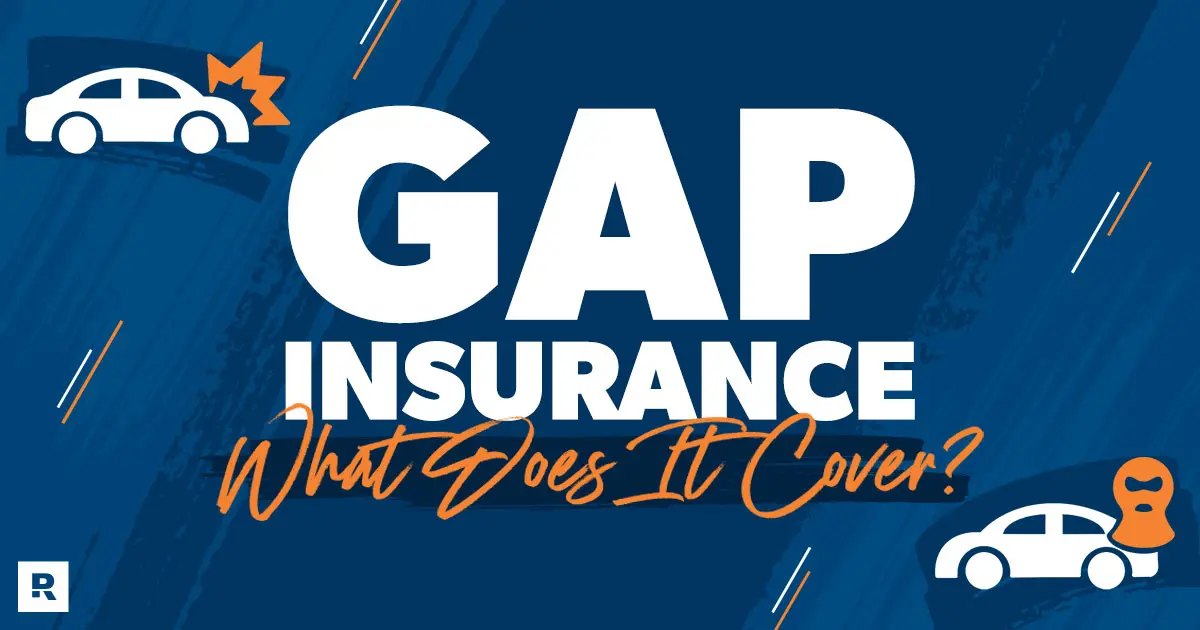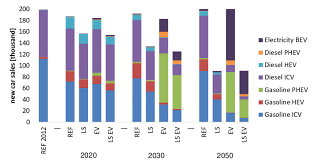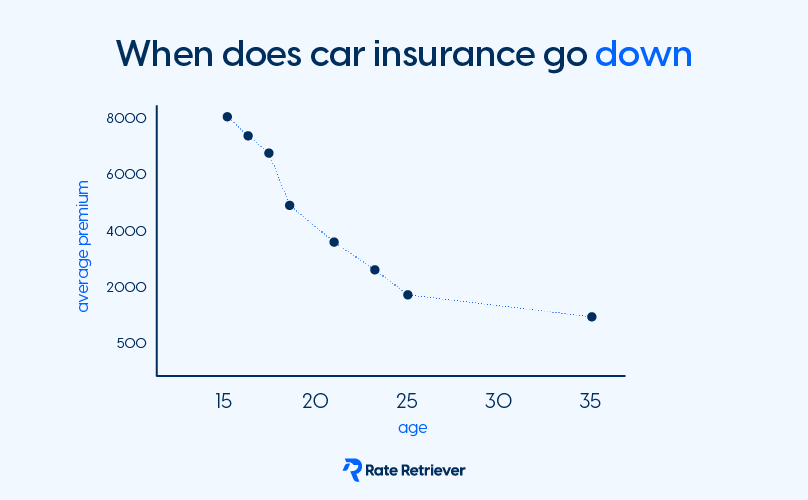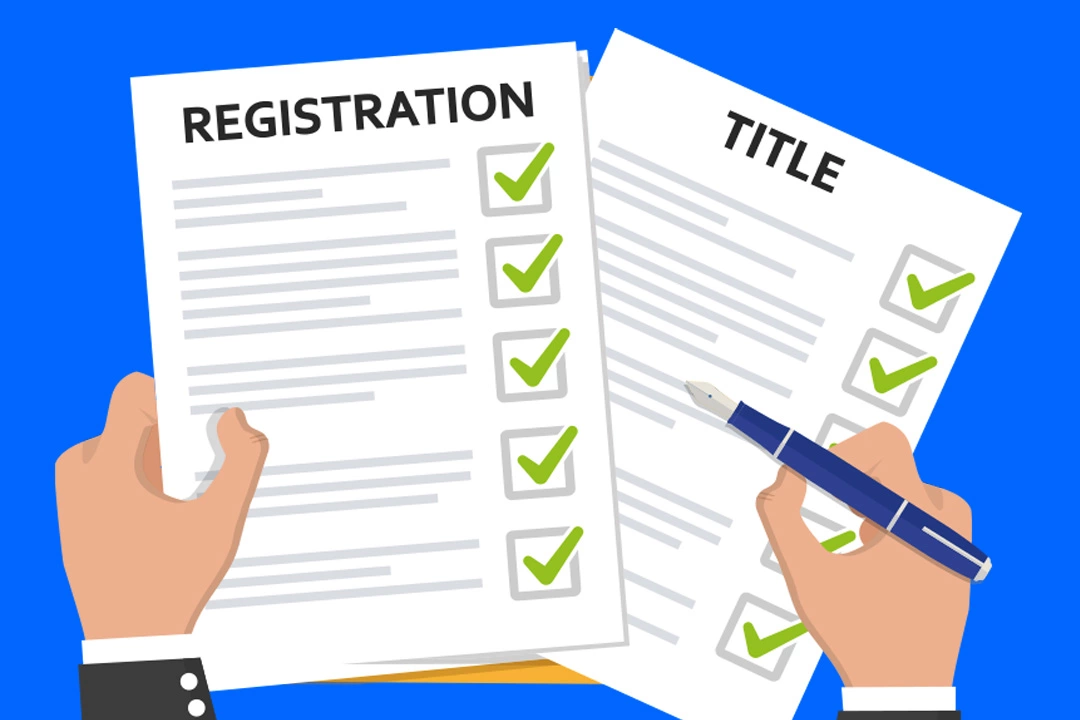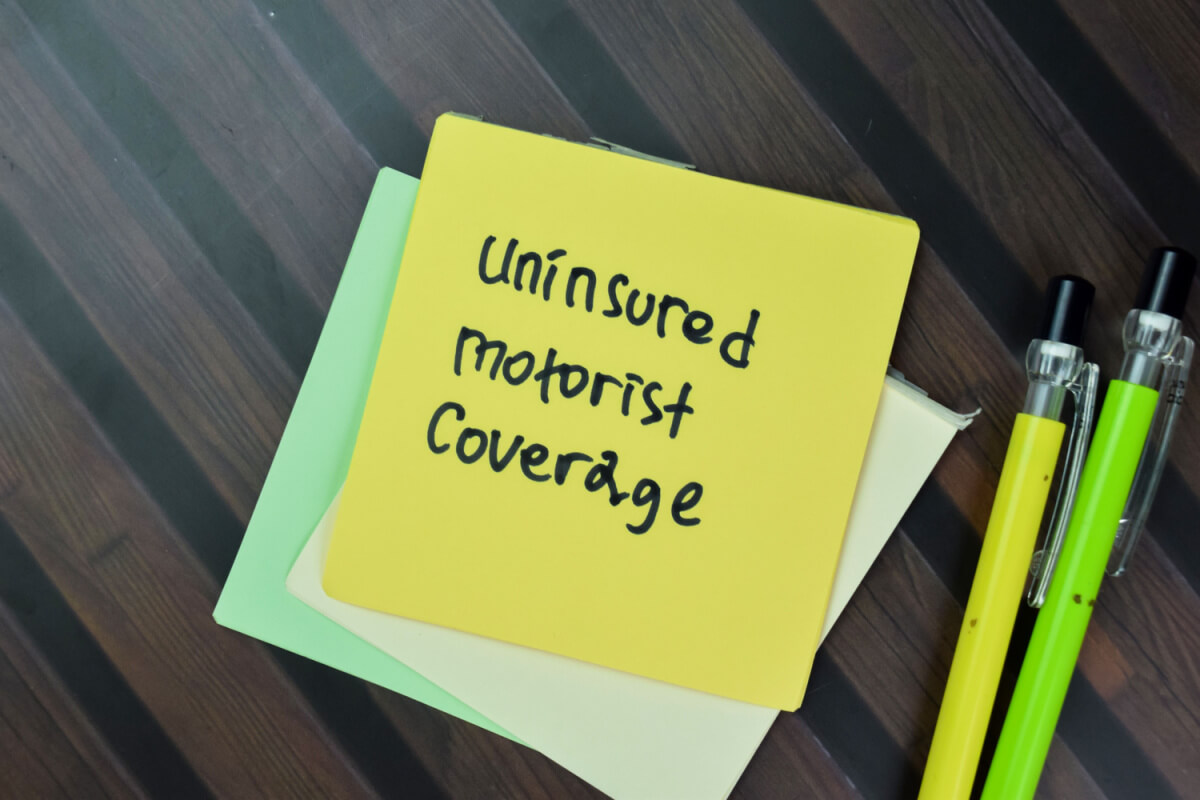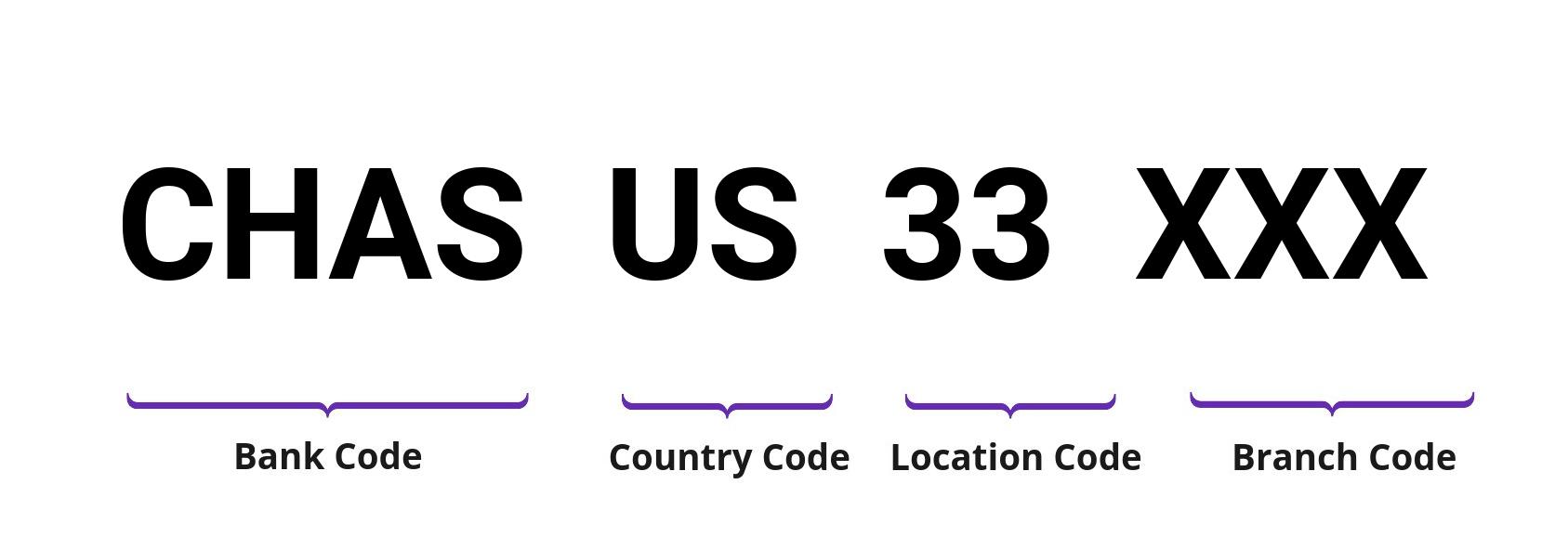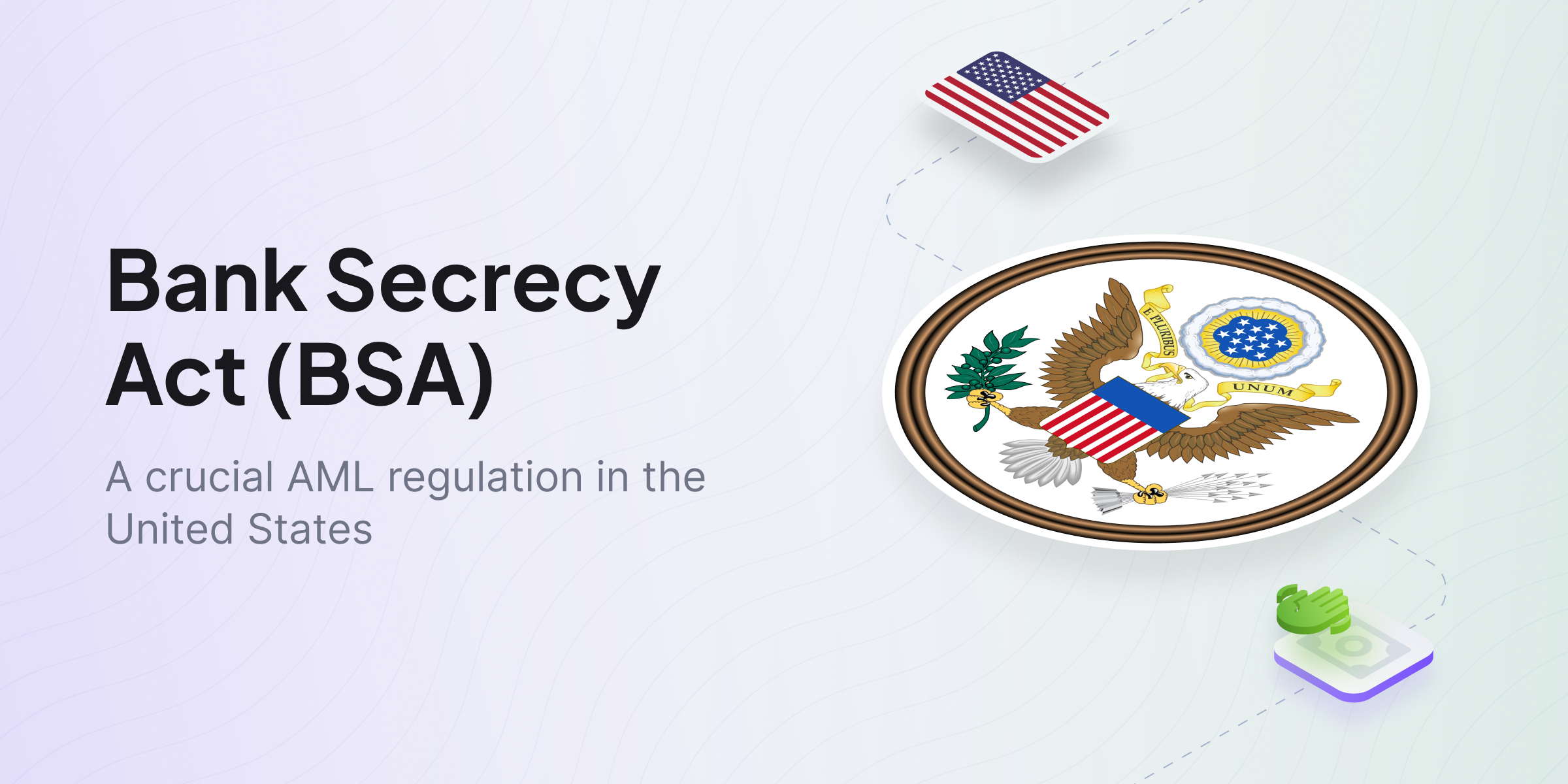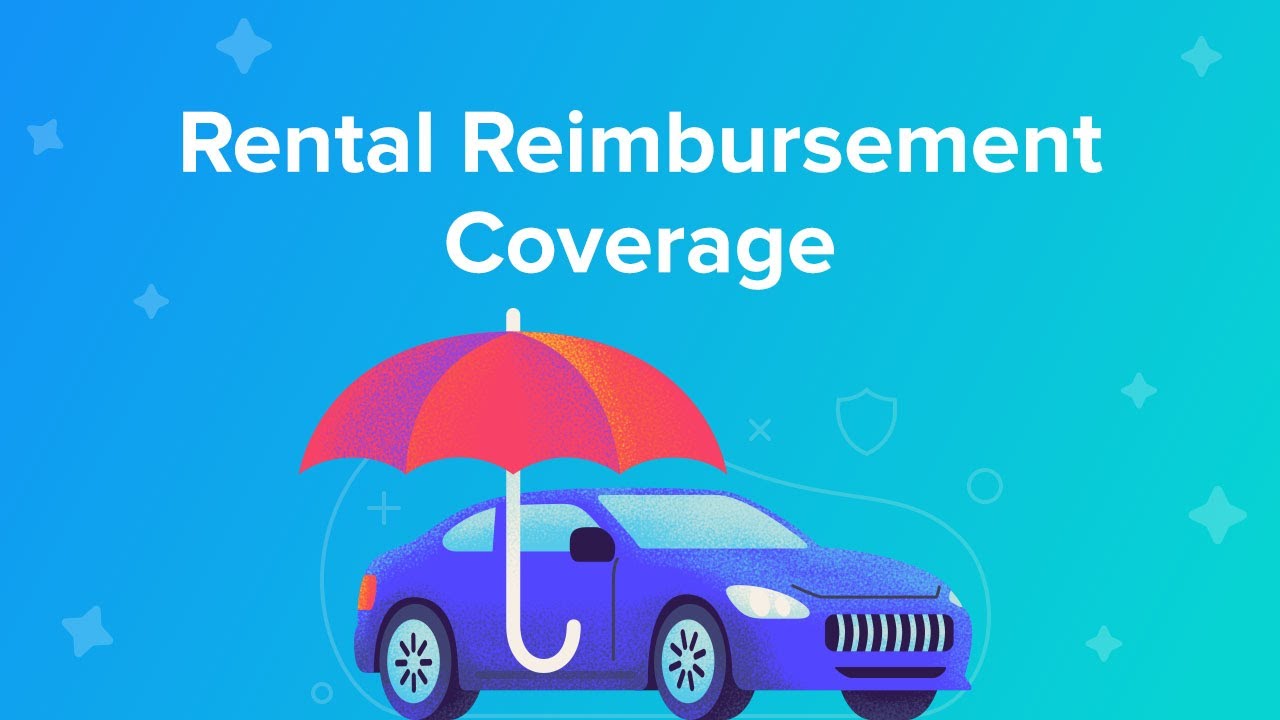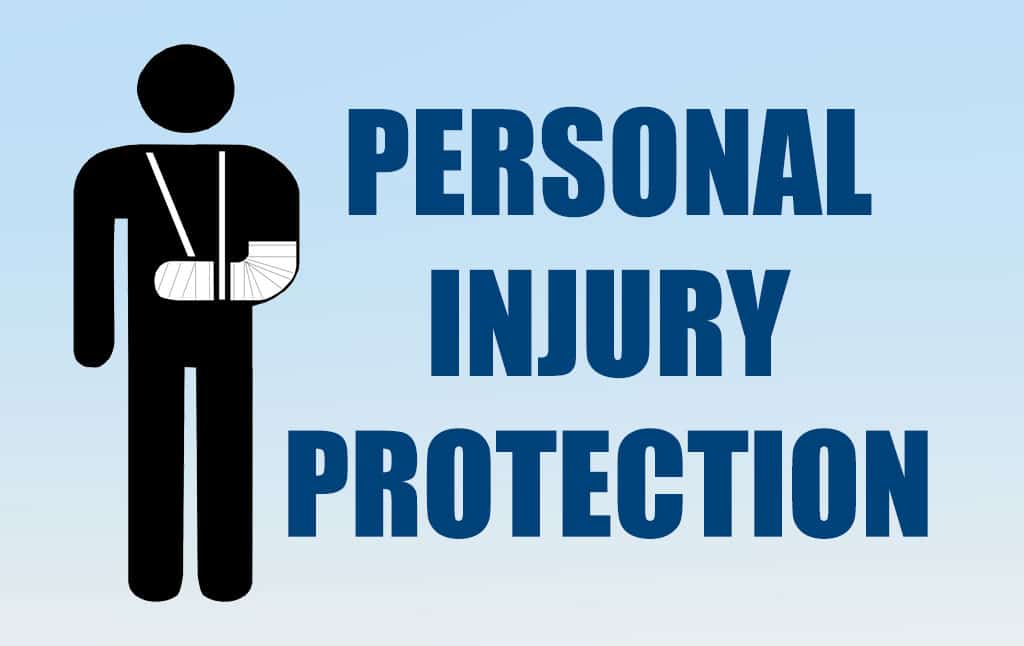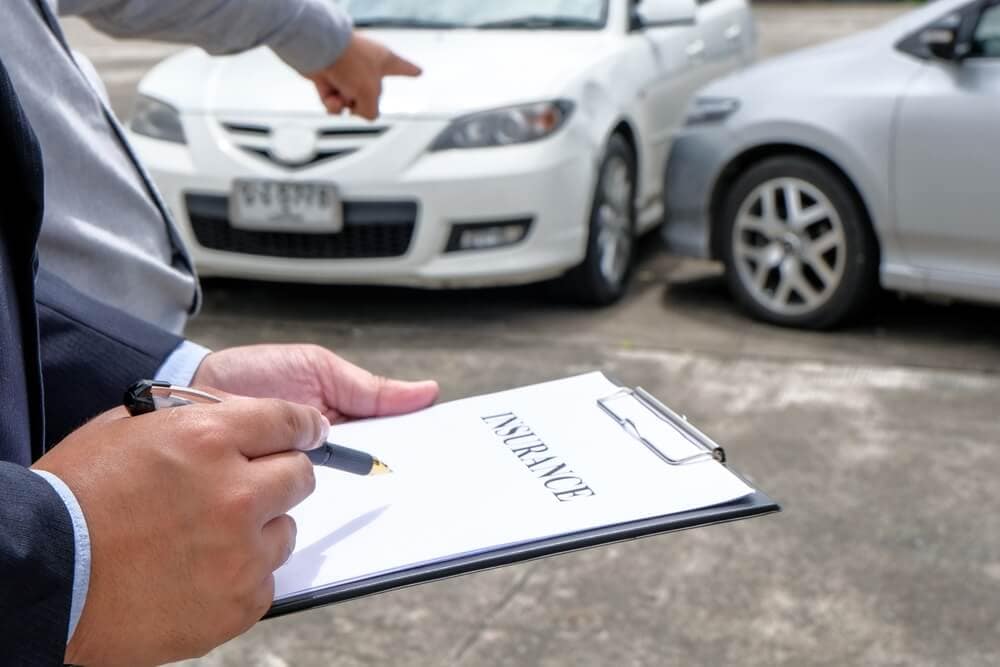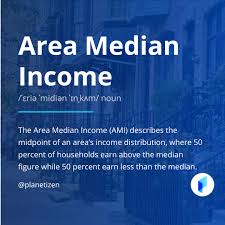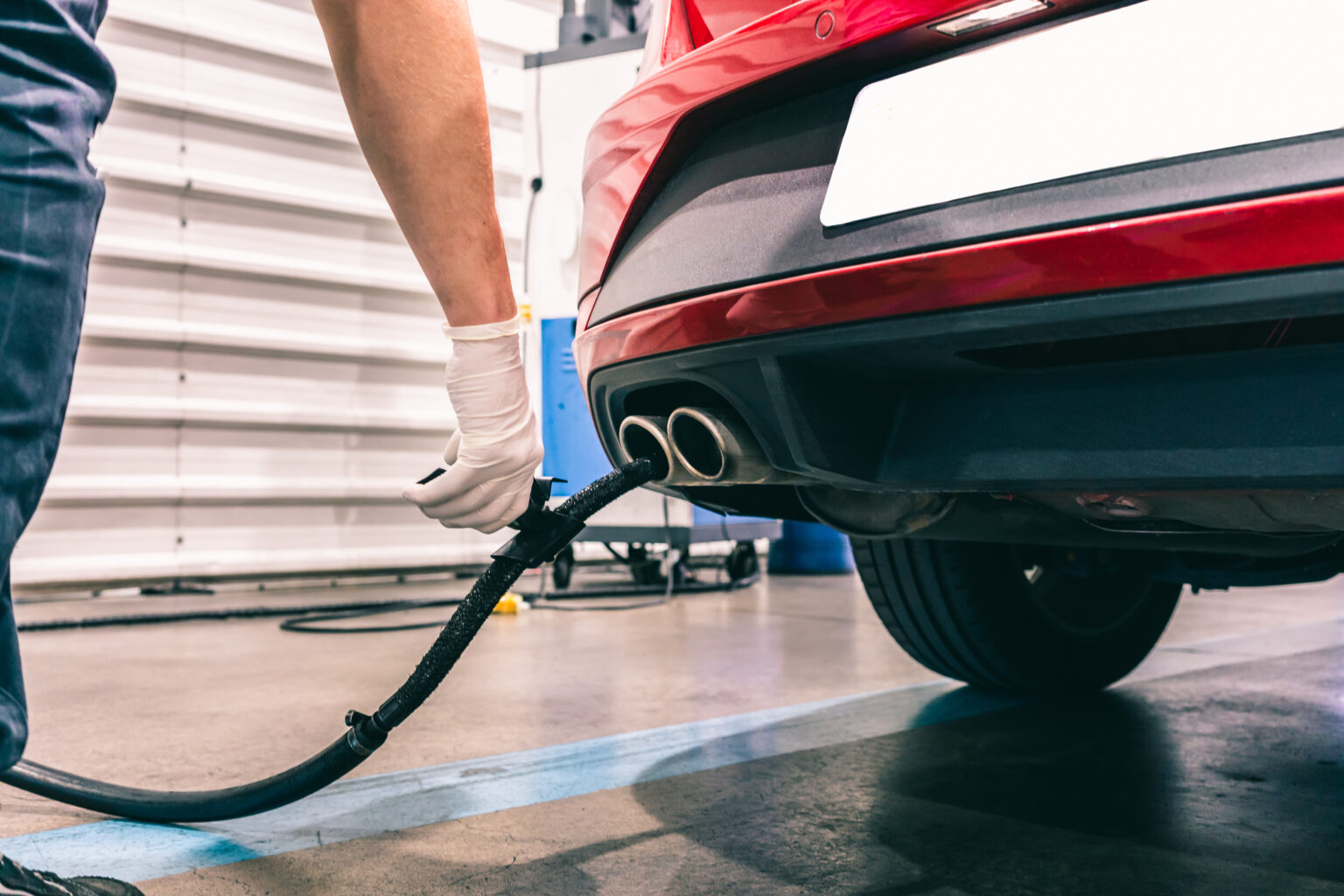Leasing a car can feel confusing at first. Is it just a fancy rental? Is it better than buying? And what’s the catch with all those mileage limits and fees? If you’ve ever asked yourself, “How does leasing a car work?”—you’re in the right place.
Let’s break it down in plain English so you can decide whether leasing makes sense for you.
What Exactly Is a Car Lease?
A car lease is basically a contract between you (the driver) and the company that owns the vehicle (this could be a dealership, the car manufacturer’s financing arm, a bank, or a credit union).
Instead of buying the car outright, you’re paying to use it for a set period of time—usually 2 to 4 years. Think of it like a long-term rental, but with stricter rules about mileage, wear and tear, and what happens when your contract ends.
At the end of the lease, you’ll usually have three options:
- Return the car and walk away.
- Start a new lease on another vehicle.
- Buy the car you’ve been leasing (often at a pre-set price).
How Does Leasing a Car Work Step by Step?
Here’s the typical process if you’re looking to lease:
- Do your homework – Research makes and models that fit your budget and lifestyle. (Sites like Kelley Blue Book are great for pricing research.)
- Test drive – Visit dealerships to get a feel for the vehicles.
- Compare offers – Don’t just look at the monthly payment. Ask for quotes that include everything: taxes, registration, down payment, and fees.
- Apply for the lease – Be ready with your ID, proof of insurance, and proof of income.
- Negotiate – Yes, you can negotiate a lease just like a purchase. That includes mileage limits, down payments, and even interest rates.
- Sign and drive – Once you’re happy with the terms, sign the lease and enjoy your new ride.
What Do You Need to Lease a Car?
Leasing companies want to make sure you’re financially stable enough to make the payments. Here’s what you’ll usually need:
- Valid driver’s license (and sometimes proof of residency).
- Proof of insurance that meets the lender’s minimum requirements.
- Proof of income—this can be pay stubs, bank statements, or tax returns.
- Good credit score (the better your score, the better your lease terms).
💡 If you’re not sure where your credit stands, you can get a free report at AnnualCreditReport.com.
Tips for Getting the Best Car Lease Deal
Leasing isn’t one-size-fits-all. Here are some smart tips before you sign anything:
1. Understand the Total Cost
Don’t just focus on the monthly payment. Ask for the total out-of-pocket price including taxes, fees, and registration.
2. Budget for a Down Payment
Some leases require a big chunk upfront. But here’s the thing: unlike buying, a big down payment on a lease doesn’t always make sense. You might be able to negotiate it down—or even waive it.
3. Know Your Credit Score
A higher score = better terms. If your score is on the lower end, you may still qualify, but expect higher interest or the need for a co-signer.
4. Negotiate Everything
Yes, everything! That includes:
- Purchase price of the car (this directly affects your monthly lease).
- Mileage limits.
- Down payment.
- Interest rate.
- Extra fees.
5. Watch Out for Fees
Leases come with potential hidden costs—like excess mileage fees, wear-and-tear charges, or early termination penalties. Read the fine print.
6. Understand Lease Terms
Learn the lingo. Terms like “money factor” (lease interest rate), “residual value” (car’s expected worth at lease end), and “capitalized cost” (price of the car before lease) matter a lot.
Is Leasing Right for You?
Leasing can be a great option if you:
- Like driving a new car every few years.
- Want lower monthly payments than financing a purchase.
- Don’t mind mileage limits (usually 10,000–15,000 miles/year).
- Take good care of your cars.
But it may not be the best choice if you:
- Drive a lot (you’ll pay extra for going over mileage).
- Prefer to build equity in your vehicle.
- Want the freedom to customize your ride.
If you’re still unsure, you might want to check out this guide on leasing vs. buying from Investopedia.
Final Thoughts
So, how does leasing a car work? In short: you’re renting a car long-term under specific rules. Leasing can save you money month-to-month and keep you in a shiny new ride every few years—but it’s not always the cheapest option in the long run.
If you’re considering leasing, do your homework, know your credit, and negotiate everything. That way, you’ll drive away knowing you got the best deal possible.




